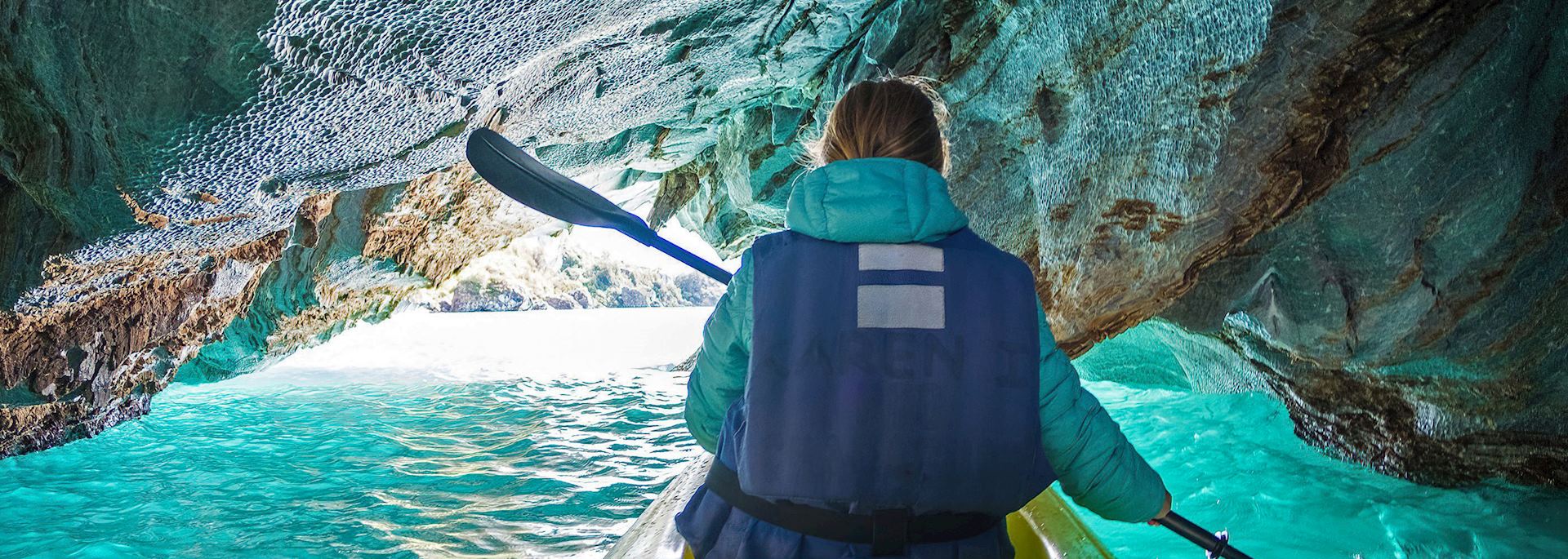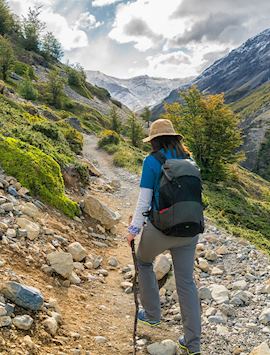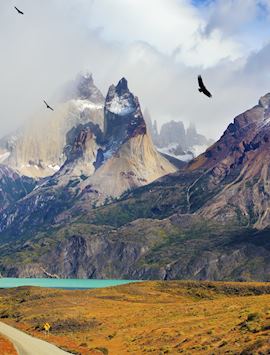By Chile specialist Chloe
Chile’s indelibly associated with hiking, mostly due to Patagonia and the varied and world-renowned trails there. But, there’s also a welter of other ways to explore Chile’s scenery. Its topography can’t be summed up neatly, but this is a land where you can get up close and personal with everything from desert badlands to glaciers.
Although hiking and trekking is perennially popular in Chile (and for good reason), I’ve been having a think about some of the other options for an activity-packed trip to this long, skinny strip of South America. Good news — you don’t need to be an adrenaline addict or a veteran kayaker, mountain biker or horse rider to try out any of these experiences.
Adventure- and outdoor-focused itineraries can be easily slotted into your Chile trip, no matter its scope. You can try all of the activities I mention here in a classic Chile tour, or zoom in on one particular, action-packed area: you could, for example, try a road trip through the off-the-beaten-track Aysén region.
Cycling in the Lake District
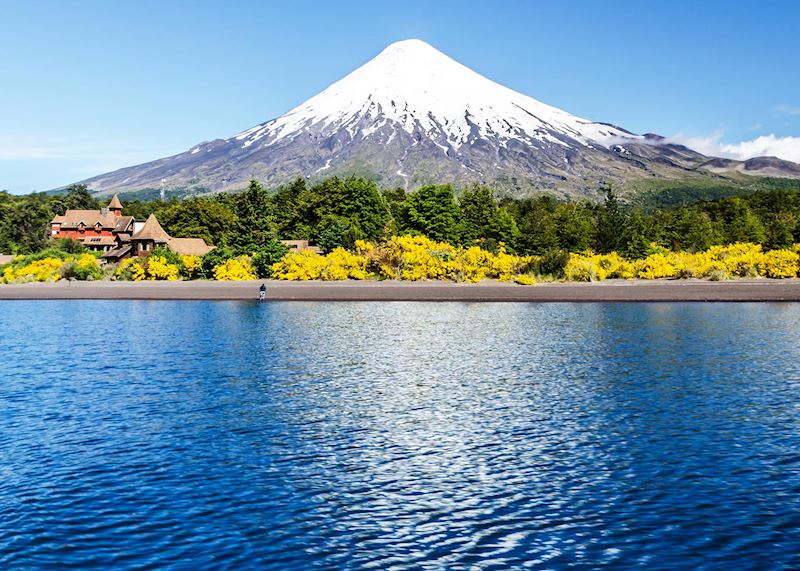
Chile’s lake district has a hint of Switzerland about it ― if Switzerland had volcanoes, that is. Emerald-green pastures, mountains, larch forests and lakes of piercing blue mix with temperate rainforest and, yes, a cloud-fogged (and sometimes snow-topped) volcano sitting on the horizon. The Chilean Lake District is ripe for exploring by car, but it’s also a hub for many outdoor activities.
Biking is a great way to take in the Lake District, and there are numerous trails catering for all abilities. I can recommend the cycle path from Puerto Varas (the gateway town to the southern lake district) leading along the banks of Llanquihue Lake.
You ride on dirt road, a section of former railroad tracks, paved roads, and off-road through wildflower meadows and woods. The route is admittedly undulating. Well, I say ‘undulating,’: frankly, be prepared for some steep parts.
The pay-off is you’ll get views across the aquamarine lake waters to Volcano Osorno, whose peak forms a near-perfect equilateral triangle.
Like many towns in this region, Frutillar has Germanic architecture. It also preserves its Teutonic heritage through the selling of kuchen, and a smattering of microbreweries ― a potential treat, if that’s your thing, at the end of your ride.
Kayaking the Marble Caves, Aysén, Patagonia
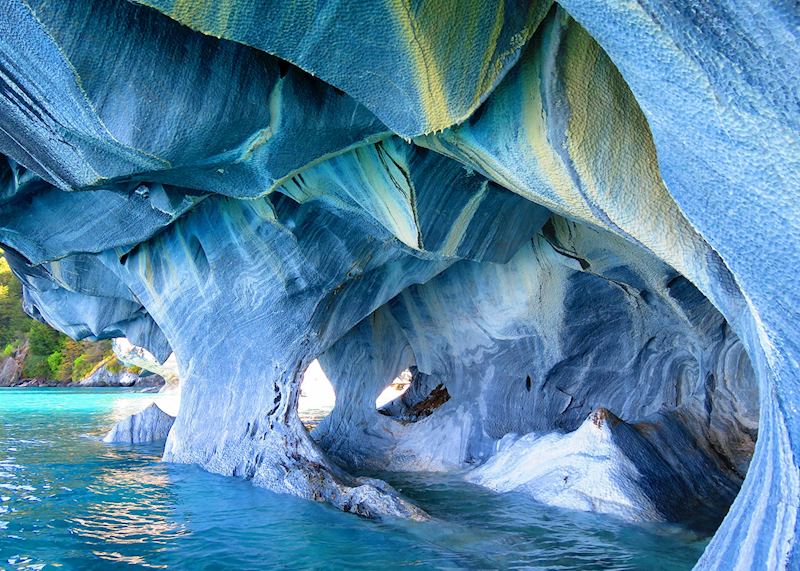
Right on edge of Patagonia’s northern icefield, on the immense body of glacial water that is Lake General Carrera, you’ll find the small port village of Puerto Ríó Tranquilo. This is where you board the kayak that will take you to the Cuevas de Mármol (Marble Caves), a series of partly submerged structures. The wind and water have carved the material into what looks, in places, like quasi-psychedelic swirls. They sit along the lake’s shoreline.
In a kayak, you can paddle inside the caves and get close to the rock face to admire its shades: lemon yellow, slate grey, bright white and even blueish. The water, too, is photogenic: depending on the lake’s levels, it can appear midnight blue or grey or a vivid cerulean. Your tour takes in several of the loftiest marble formations, including the Chapel and the Cathedral.
You don’t need any kayaking experience to come here. But, if the water is choppy, your best option is to visit the caves by speedboat.
Hiking on the Exploradores Glacier, Aysén, Patagonia

Okay, I lied. When I said no hiking, what I really meant was no traditional hiking.
But I had to include this activity because, although I’ve done a couple of other glacier treks in the past, this is one of the most impressive for several reasons. One, you get to spend a solid three hours on the ice with your guide. Two, you’re walking through some cavernous ice caves here, which open up like vast mint-blue mouths. You have to be fairly sure-footed, as you’re navigating your way around crevasses and climbing up scree-flecked slopes.
You roam in single file across the glacier, following your guide, who hacks out new routes every day (such is the nature of walking on an ever-changing surface). You’ll see moulins (shafts that swirl water down into the interior of the glacier) and nunataks (truncated stumps of rock) sticking up in places from the glacier’s surface.
Standing on the glacier, you can look back and see the lateral and terminal moraines, and (rather soberingly) see just how far this body of ice has retreated.
Horse riding with gauchos in Torres del Paine National Park, Patagonia
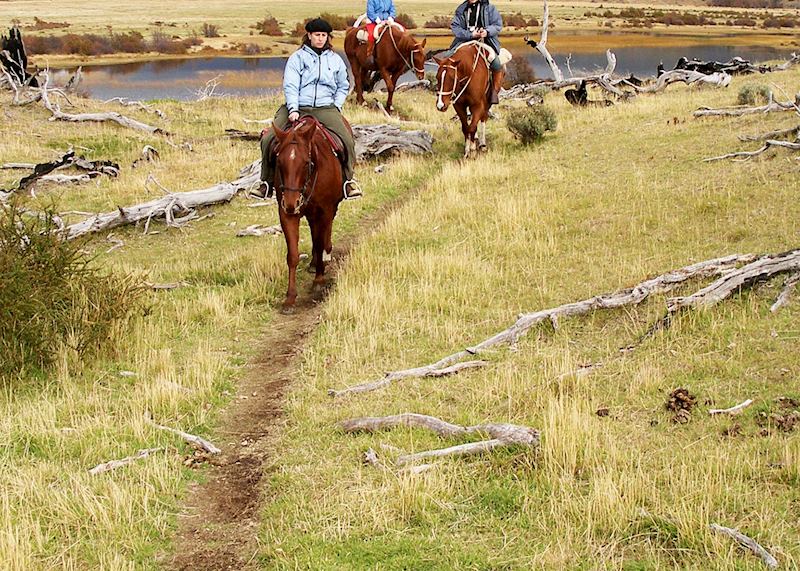
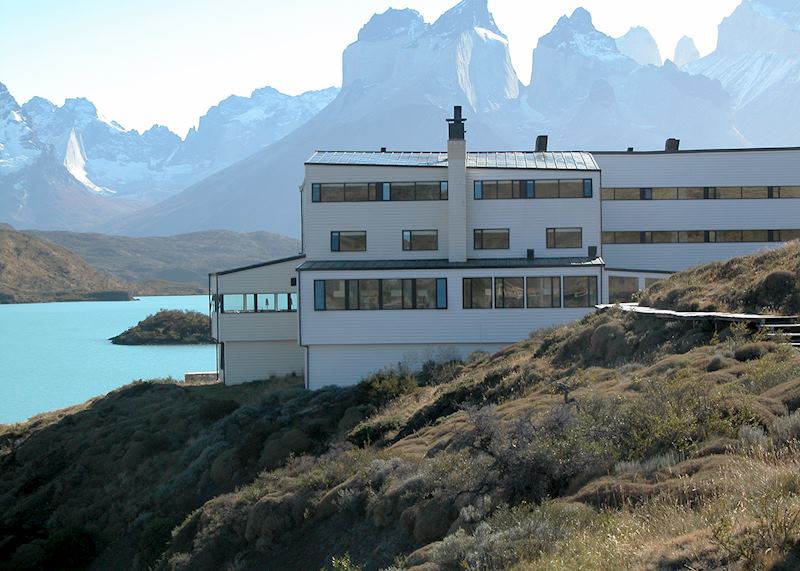
You might think of gauchos as being quintessentially Argentinean, but Chilean Patagonia has its own hardy stock of weather-beaten cowboys-cum-expert horsemen. At Explora in Torres del Paine you can go riding with them among the pampas grass and wind-whipped steppe, admiring views of the mountainscapes and wading across rivers (yes, even if you’re a beginner). It’s a great way to immerse yourself in the Patagonian wilderness.
Note the gaucho’s signature style: they tend to hold the reins in one hand only, and usually carry a knife and wear a beret. You travel across the land one behind another like a line of ducklings. All kinds of treks are available, and even the most novice riders could find themselves crossing clifftops and vineyards as well as vast plains. The weather will dictate your plans to some extent, but guides and gauchos are adept at changing tack at the last minute.
As you ride, keep an eye out for guanacos bounding out of the way, as well as the tell-tale signs of puma activity (usually, a fresh guanaco corpse or two).
Most treks end with sitting around drinking maté, a kind of herbal tea that’s the traditional drink of the gauchos. There’s some fun etiquette around it: you sip through a straw, sometimes from a shared pot, and you only say, ‘thank you’ when you’ve had your fill.
Mountain biking in the Atacama Desert
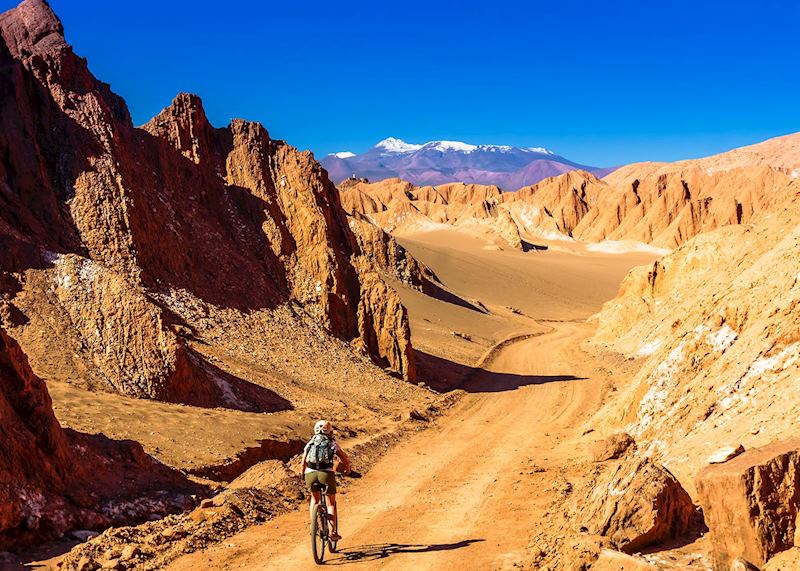
The Atacama is an unforgiving place: it’s a scorched-looking terrain of plains, salt flats, lunar-like rock formations and volcanoes once worshipped as gods. And yet it has a barren, parched beauty ― one that’s all more apparent if you immerse yourself in its landscapes. It can be too hot to go for long day hikes here, but it’s ideal for a three-to-four-hour burst on a mountain bike.
One of the best (and most doable) routes is the ride to the Quebrada del Diablo (Devil’s Throat) lookout. It’s a flat route that follows the San Pedro River canyon, and the path is full of twists, turns and cave openings as you slice through steep-sided, sinuous gorges. The rocks change from a sulphurous yellow to dun and deep terracotta depending on whether they’re in sun or shadow.
The route doesn’t require any particular mountain biking tricks or expertise, although there are some river crossings. A guide accompanies your small group, and cycles at the pace of the slowest person, so no one is ever left behind.
You’re rewarded, at the end of the ride, with a view over the entirety of the labyrinthine Quebrada del Diablo gorge, so you can look back at the course you’ve just ridden.
You can read more about exploring the numerous corners of the Atacama in our Chile highlights guide.
Read more about trips to Chile
Start thinking about your experience. These itineraries are simply suggestions for how you could enjoy some of the same experiences as our specialists. They're just for inspiration, because your trip will be created around your particular tastes.
View All Tours in Chile
